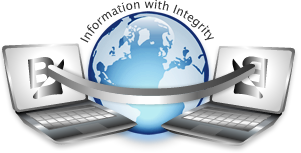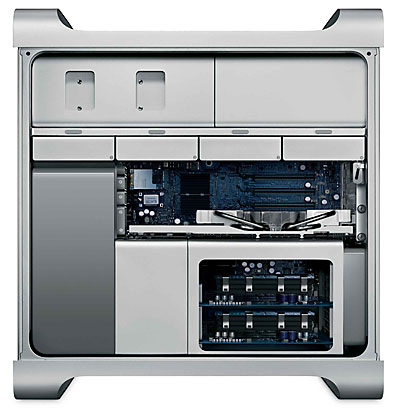
Workstations
Blackbirds workstations are user friendly, powerful yet extremely cost effective and are either web-based or non web-based workstations. (Click here for advantages and disadvantages)
Windows workstations are optional, however, we highly recommend OsiriX (which is an Apple based DICOM viewer). The Blackbird RIS will run on either Windows or Apple, so we recommend choosing the OS that gives you the best DICOM viewer. OsiriX 3D DICOM viewers are simply amazing and used on a daily basis by more than 20 000 radiologists.
Why does Blackbird recommend Osirix
After months of market research, Intelligent Medical Systems (Pty) Ltd chose OsiriX as their preferred DICOM
viewer and advanced post-processing tool.
We made this choice for the
following reasons:
- For 10 years Intelligent Medical Systems has had great success in producing software for doctors, designed by doctors. Osirix was designed by radiologists for radiologists (20 000 radiologists currently use Osirix on a regular basis).
- OsiriX's ultra fast performance minimizes radiology wait time - a central Blackbird design criterion.
- Osirix was designed specifically for efficient navigation and visualization of large image sets (including multi-modality and multidimensional images).
- The stunning interface is intuitive, and flattens the radiologist's learning curve and speeds workflow.
- The post processing capabilities extremely powerful.
- Being Unix based, OsiriX is extremely stable which fitted well into the underlying philosophy of Blackbird.
- With Apple hardware, you benefit from Apple's superior design, enviable stability, and readily available expandability.
- Osirix workstations are inexpensive enough for you to purchase as many 3D workstations as your practice requires.
- OsiriX is one of the best applications for doing PET/CT fusion, especially when it comes to integrating the multi-planar reformations and looking at the CT information side by side with fused CT/PET information." http://www.apple.com/science/profiles/ucla/index2.html
- OsiriX is developed using the open source model and the
argument below, summarized from http://www.touchcardiology.com/functional-cardiac-imaging-navigating-a651-3.html
further explains why we believe OsiriX is the ideal radiology workstation:
"The need for new image display and navigation software exceeds the capacity of commercial software manufacturers to rapidly adapt and provide new tools needed by the clinical and academic community. Typically, tools required to rapidly manipulate large sets of 3-D and 4-D data sets are hard to find and are only available on very high-end expensive workstations. Besides, they usually lack some specialized sets of tools that are specific for a certain number of applications and diagnostic or therapeutic tasks.
Open-source software has gained momentum in recent years because it allows more dynamic and rapid development by a large number of developers from different institutions. Not only does open source software tend to be more robust than traditional commercial software because it is being developed and debugged by a large community of users and developers, but it also often provides features that are more adapted to the users' needs because it is developed by a community of users. This open source program allows the community of users to share new developments that could emerge from different institutions using the OSIRIX program.
It has the potential to adapt more rapidly to the emerging needs of the medical community than commercial solutions that are traditionally less flexible and driven by market rules that force vendors to be more reluctant to adopt multiple innovations, some of which may not have a sufficient commercial value when serving only a minority of users. It is also an ideal platform for the development of research tools and innovative image 2 analysis and processing tools. In its current version, OSIRIX provides all the necessary tools for 3-D display and manipulation of dynamic cardiac data sets from CT, MRI, ultrasound, angiograms, and PET-CT modalities.
It provides intuitive user interface to navigate through 4-D and 5-D cardiac imaging data. Generic measurement tools of functional parameters such as ventricular volumes and ejection fraction are simple examples of quantitative tools that can be added to the program and applied to different imaging modalities for quantitative analysis of cardiac function.
Search
Copyright 2014 Intelligent Medical Systems (Pty) Ltd
Contact Us